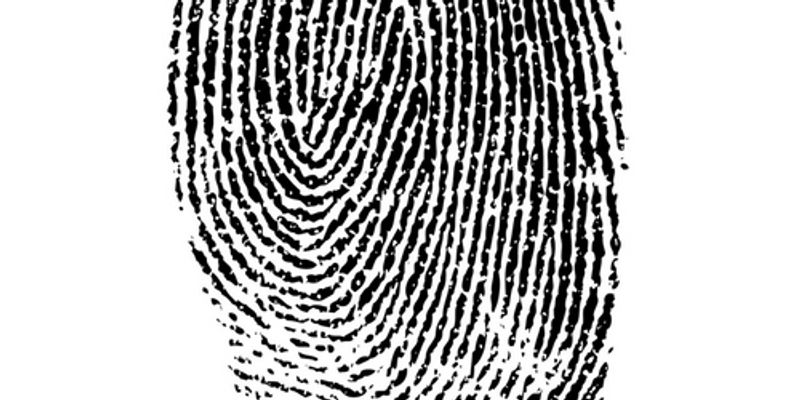Human identification systems
Human identification systems are forensic tools used to determine the identity of human remains. Human identification systems can utilize a variety of traits, including fingerprints, dental structure, bone composition, and eyes.
-
DATE: October 4, 2016 TIME: 8:00am PT, 11:00am ET Extracting robust expression data from clinical samples represents a unique opportunity to find actionable biomarkers. But it...
Network models are an invaluable tool for integrating multiple data types and for modeling interactions between biological elements. One common question that arises, however, is what to do wi...
A number of recently publications have heralded the advent of Precision Medicine in Oncology, where next generation sequencing technology, other ’omics technologies, serial biopsies, so...
November 5, 2015, 8:00am PT, 11:00am ET, 3:00pm GMT
T-cells form an integral part of the human immune system by fighting off infection and eliminating transformed cells. Over the last deca...
Speaker:
Nicole Weit, PhD
Presented at: Beckman Coulter Life Sciences Virtual Trade Show
Sponsored By: Beckman Coulter Life Sciences, Beckman Coulter Life Sciences
Sponsored By: Beckman Coulter Life Sciences, Beckman Coulter Life Sciences
DATE: October 28th, 2015TIME: 11am Pacific time, 2pm Eastern timeNew discoveries uncover that exposure to current environmental, dietary, behavioral, and medical conditions can significantly...
Human microbiome projects have delivered our first glimpse into the microbial communities that reside in and on our bodies. Building on these efforts the research community has begun to corre...
Managing microbial contaminants is critical during the manufacturing of biologics, food and beverage to ensure that products meet the high quality product standard as well as staying complian...
Genome Wide Association Studies (GWAS) and eQTL analyses are producing huge numbers of associations and show no signs of slowing. There are now more than 8,500 SNPs associated with more than...











